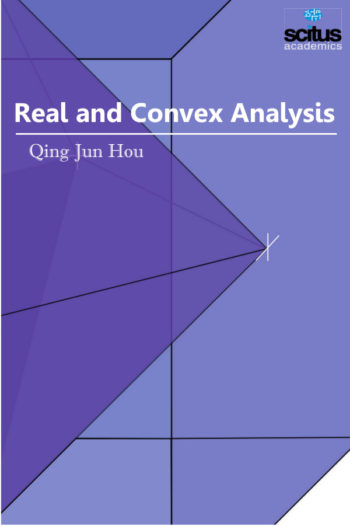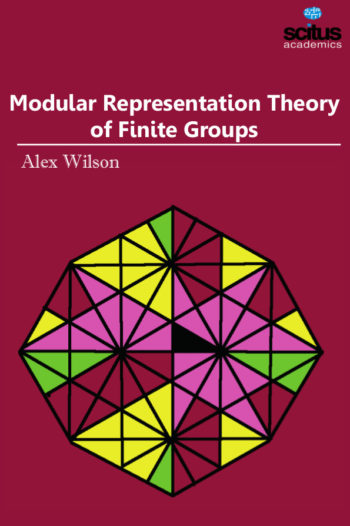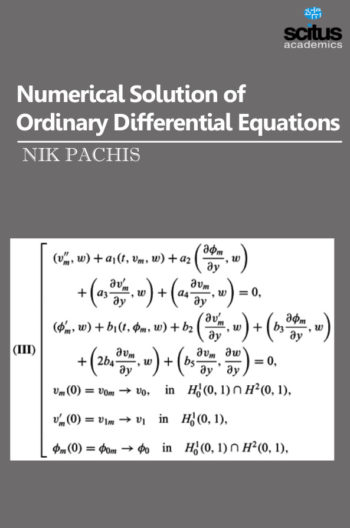The field of stochastic processes is essentially a branch of probability theory, treating probabilistic models that evolve in time. It is best viewed as a branch of mathematics, starting with the axioms of probability and containing a rich and fascinating set of results following from those axioms. Although the results are applicable to many areas, they are best understood initially in terms of their mathematical structure and interrelationships. Applying axiomatic probability results to a real-world area requires creating a probability model for the given area.
Stochastic processes were first studied rigorously in the late 19th century to aid in understanding financial markets and Brownian motion. These subjects originally had an application emphasis, the first on queueing and congestion in data networks and the second on modulation and detection of signals in the presence of noise. It has become increasingly clear that the mathematical development is applicable to a much broader set of applications in engineering, operations research, physics, biology, economics, finance, statistics, etc.
Stochastic Processes and their Applications emphasizes on the theory and applications of stochastic processes. It is concerned with concepts and techniques, and is oriented towards a broad spectrum of mathematical, scientific and engineering interests. Characterization, structural properties, inference and control of stochastic processes are covered.













